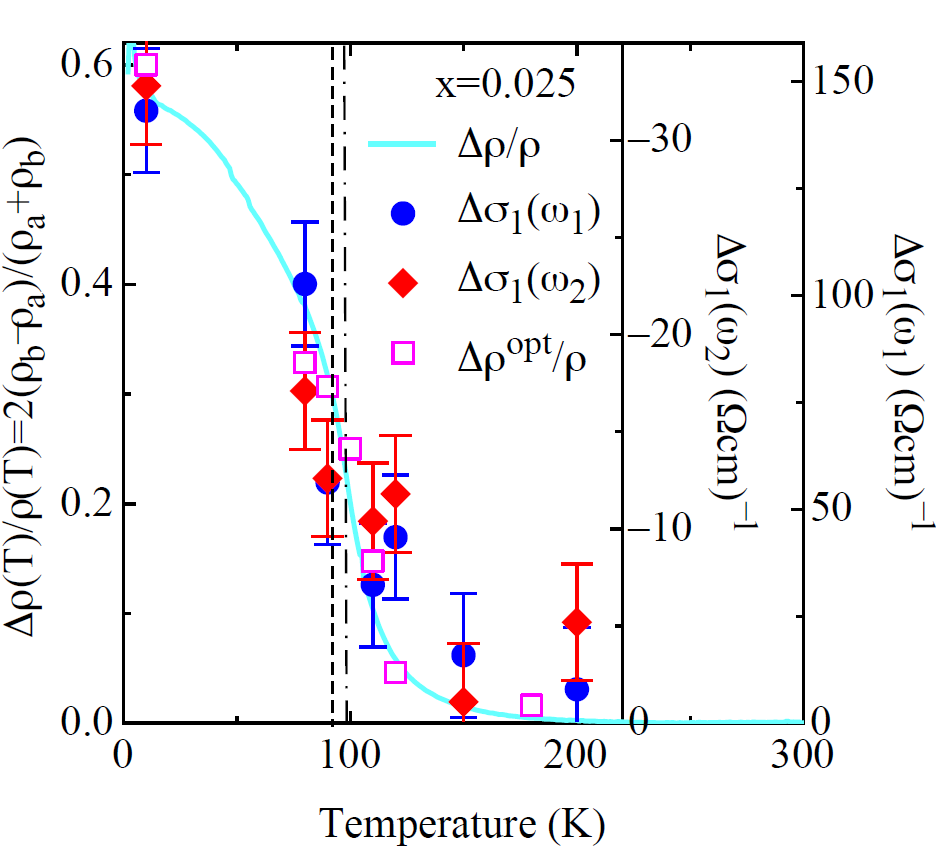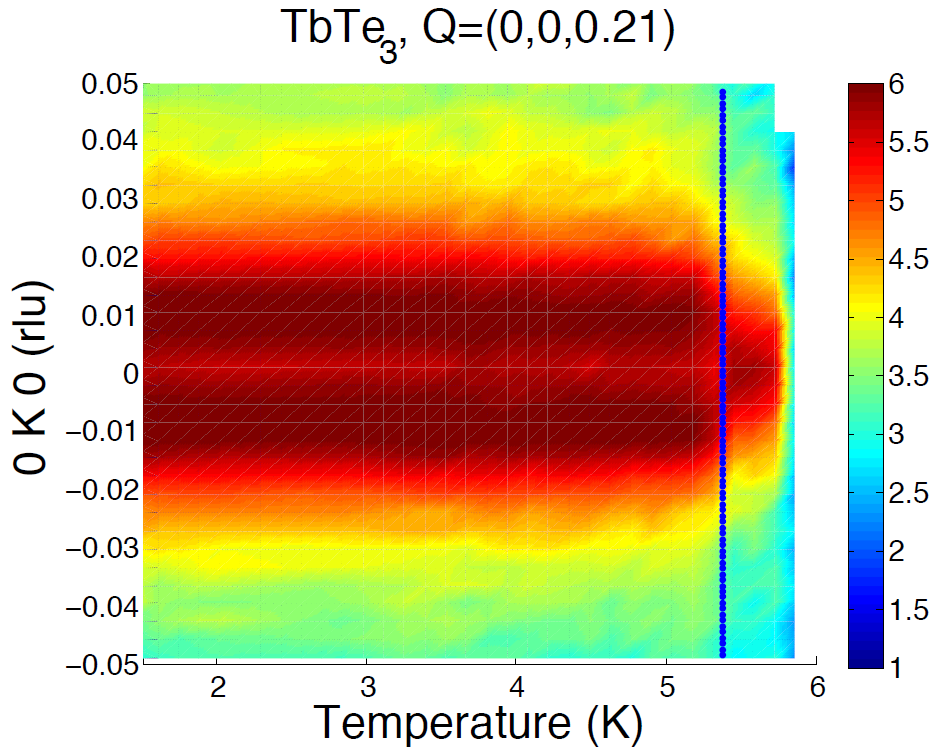Highlights 2011
Anisotropic in-plane optical conductivity in detwinned Ba(Fe1-xCox)2As2
A nematic order recently arose as a robust electronic state describing the nature of the pseudogap phase in the high-temperature superconducting cuprates. In the field of liquid crystals, a nematic state derives from a transition breaking the rotational symmetry of the high temperature phase but preserving the translational one. Besides the cuprates, the novel iron-based superconductors in their parent and underdoped phase emerged as an alternative playground for studying an electron nematicity in a correlated system. The iron-arsenide superconductors harbor indeed an antiferromagnetic ground state, which is either preceded or accompanied by a structural tetragonal-orthorhombic phase transition at Ts. This structural transition breaks the four-fold symmetry of the high-temperature lattice and leads to an anisotropic conducting state. This broken rotational symmetry has thus a direct impact in the optical properties. We investigate the optical conductivity σ1(ω) with light polarized along the in-plane orthorhombic a- and b-axes of Ba(Fe1-xCox)2As2 for x = 0, 2.5% and 4.5% under uniaxial pressure across their phase transitions. The charge dynamics on these detwinned, single domain samples shows an in-plane optical anisotropy (i.e. linear dichroism) which extends to relatively high frequencies and at T > Ts. This reveals substantial nematic susceptibility as well as the electronic nature of the structural transition. Another key result consists in the opportunity to disentangle the distinct behaviors of the Drude weights and scattering rates of the itinerant charge carriers, which are both enhanced along the a-axis with respect to the b-axis. Our findings allow us to clarify the long-standing striking anisotropy (ρb > ρa) of the dc resistivity.
Related paper
Incommensurate magnetic order in TbTe3
We report a neutron diffraction study of the magnetic phase transitions in the charge-density-wave (CDW) TbTe3 compound. We discover that in the paramagnetic phase there are strong 2D-like magnetic correlations, consistent with the pronounced anisotropy of the chemical structure. A long-range incommensurate magnetic order emerges in TbTe3 at Tmag1 = 5.78 K as a result of continuous phase transitions. We observe that near the temperature Tmag1 the magnetic Bragg peaks appear around the position (0,0,0.24) (or its rational multiples), that is fairly close to the propagation vector (0,0,0.29) associated with the CDW phase transition in TbTe3. This suggests that correlations leading to the long-range magnetic order in TbTe3 are linked to the modulations that occur in the CDW state.


